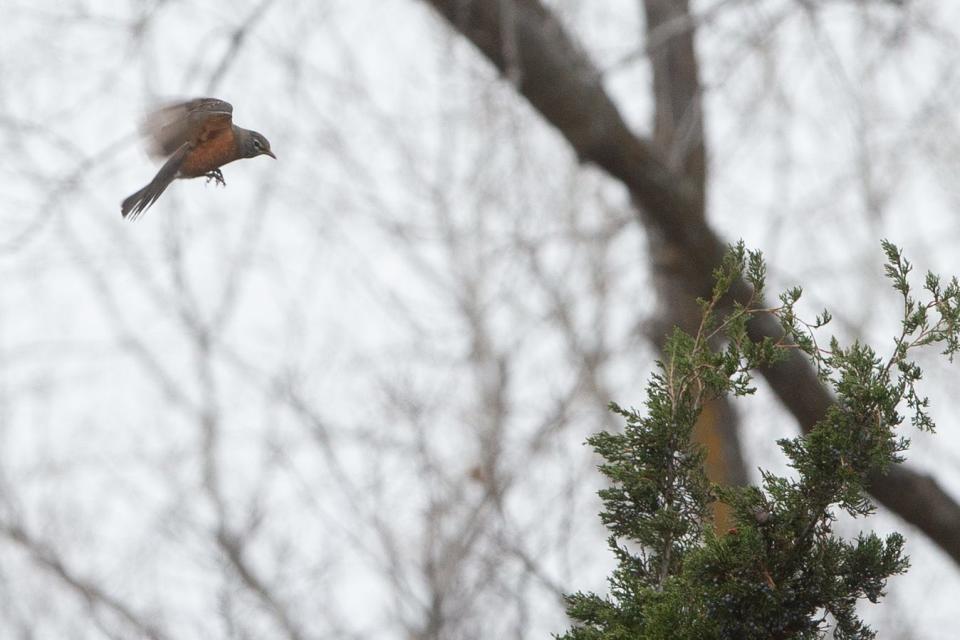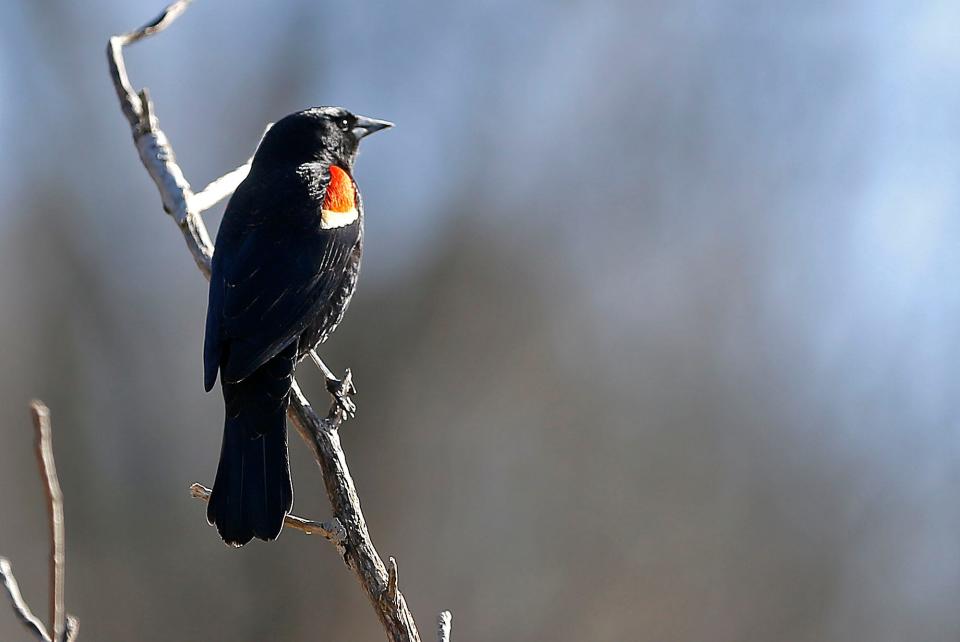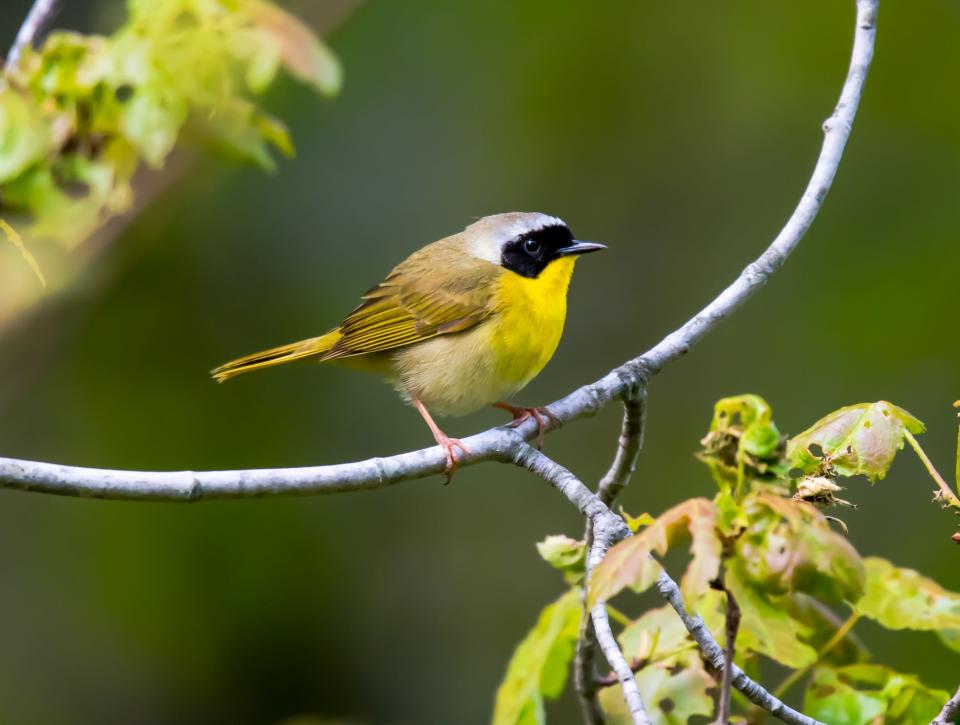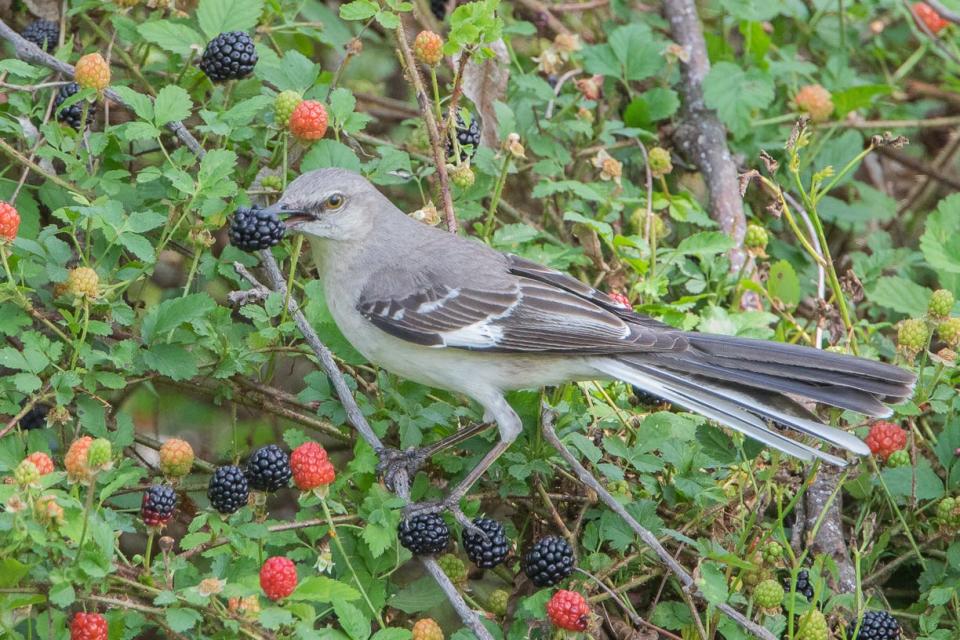Free concerts anyone?
How would you like to attend free concerts in spring? Yes, there are some concerts that are ‘open to the public’ with no need to purchase tickets from a particular vendor or to get all dressed up and travel far to the show. The musicians will perform their songs for anyone listening and they may be heard, often every day, in multiple locations throughout our area! How is this possible you ask? Please read on dear music lovers!
(Some resident and itinerant songsters)
How would you like to attend free concerts in spring? Yes, there are some concerts that are ‘open to the public’ with no need to purchase tickets from a particular vendor or to get all ‘dressed up’ and travel far to the show. The musicians will perform their songs for anyone listening and they may be heard, often every day, in multiple locations throughout our area! How is this possible you ask? Please read on dear music lovers!
In this case, the musicians offering to perform their repertoires of free music are the tremendous numbers of resident and itinerant (or migratory) songbirds preparing to nest in our region and, hopefully, fledge offspring. In fact, advance scouts of some species may arrive soon, or already be in the area, searching for suitable nesting places and territories to defend while raising young birds. Scouts are often males of a particular species, and they begin performing their songs and calls to lay claim to ideal nesting locations.

American Robin, Northern Cardinal
One example of a scouting species is the American Robin, with its feature song described as a rising and falling caroling tune to the words of “ cheer-up, cheerily, cheer-up, cheerily.” Our region has both resident and itinerant populations of American Robins. A second familiar resident and itinerant species in our area is the Northern Cardinal. The bright red, orange-billed males are very noticeable and their songs are described as a series of four notes resembling the words of “birdy-birdy-birdy-birdy.” Single note chipping calls may also be heard as Northern Cardinals encounter other birds in their territories.
Red-winged Blackbird
Another species performing for us in the springtime is the Red-winged Blackbird. As with the aforementioned American Robin and Northern Cardinal, we have both resident and newly-arriving, itinerant populations during the spring season. Red-winged Blackbirds are very common around our reservoirs, ponds, streams, and marshy areas where there is suitable vegetation, such as sedges, cattails, salt-cedar and black willow trees and other plants around permanent water. During courtship, males perch upon the tops of plant stalks and branches, fluff out their feathers, and spread out their tails and wings (to help show of their distinctive red, orange, and yellow colored shoulder patches) to attract females. Once established, nesting areas are aggressively defended from intruders. The Red-winged Blackbird song has been described as a reedy, musical “O-ka-leeeee!” tune.

Common Yellowthroat, Baltimore Oriole
A strictly itinerant denizen of these same wetland and wooded edge habitats arriving in the spring is the Common Yellowthroat. Males of these rather large warblers have an easily-recognizable black bandit mask across their eyes with a distinct pale stripe above. Their throat region is indeed yellow in color and their back and tails are a greenish-grey. Males display for potential female partners with tail and wing flicks and and perform flight displays. The Common Yellowthroat’s call has been described as a musical loud and fast song resembling, “which is it, which is it, which is it.” Another strictly itinerant musician arriving in the spring who prefers more open woodland and forest or park edge habitats is the Baltimore Oriole.
The females of these colorful black-headed, orange-breasted, and white-streaked songsters construct woven, pouch-like nests attached to tree branches. Nests are made from a variety of locally-available materials; including grasses, bark, strings, and vines and are lined with finer grasses, other fine plant material, and/or hair. Male orioles sing to defend their territories and display to attract their mates. The Baltimore Oriole’s song is described as clear and flute-like. Their song is more complex than the previously-mentioned species and includes both single and double notes in distinct phrases. There is a lot of variation in their song depending upon individuals and locations. One rendition of the rich, whistled notes has been described as a musical “pidoo twedi twedi yewdi tew tidew” with pauses between the phrases/notes.

Yellow-billed Cuckoo
One final itinerant musician I’ll mention is often heard but rarely seen. He is a sure sign that it is spring and summer and has a very distinctive percussionist-like call; usually heard from wooded areas and parks. This songster is the Yellow-billed Cuckoo. The Yellow-billed Cuckoo has a mostly yellow-colored bill, a long tail with large white spots, whitish throat and belly, and grayish upperparts with orange colors in the wings. He is a shy, secretive musician who feeds upon caterpillars and other insects, other birds’ eggs, berries, fruits, and other items. Interestingly, male Yellow-billed Cuckoos will feed females during their courtship. Calls are loud and distinctive with pauses between the notes. One description of the song is a guttural, hard, knocking series of “ku-ku-ku-ku-ku-ku-kddowl-kddowl” notes. Cuckoos often break into song during hot afternoon hours and a common name for these birds is “Rain Crow” because of a belief that the Yellow-billed Cuckoo is "calling for rain."
Northern Mockingbird

Let’s end this musical discussion with perhaps the greatest musician of all! Or perhaps, as his common name implies, he’s just a “copy-cat” musician who pirates other birds’ musical scores! This final songster is, of course, our Northern Mockingbird, and even his scientific name (Mimus polyglottos) alludes to his many and varied musical talents. Mockingbirds are both resident and itinerate and are easily recognized by their distinctive white wing patches and long, white-striped tails. Bellies are grayish-white and upperparts are mostly gray. Specific Mockingbird songs are almost impossible to describe because of their complexity, mixing of notes, combinations of phrases, and imitations of other birds’ songs. Their songs are often repeated three or four times while the birds are singing with notes and phrases varying depending upon where individuals were fledged. Also, unlike many birds, who tend to sing mostly during morning and late afternoon hours, Northern Mockingbirds may burst into song during any hour of the day, and sometimes even during nighttime hours! In addition to their superb singing, Mockingbirds often perform short flights and acrobatic flips while singing, even during the hottest hours of the day! In this regard, perhaps we should consider our state bird of Texas to be one of the ultimate avian musicians and performers!
With this in mind, enjoy the free music, concerts, and shows performed by our avian friends as you venture out this spring season
This article originally appeared on Wichita Falls Times Record News: Free concerts anyone?


